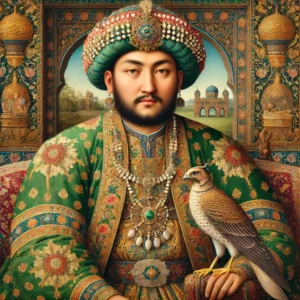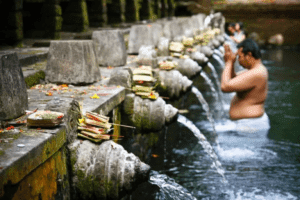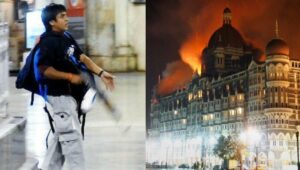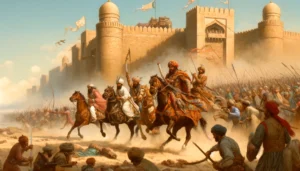King Jayapala (964–1001 CE) of Hindu Shahi Dynasty
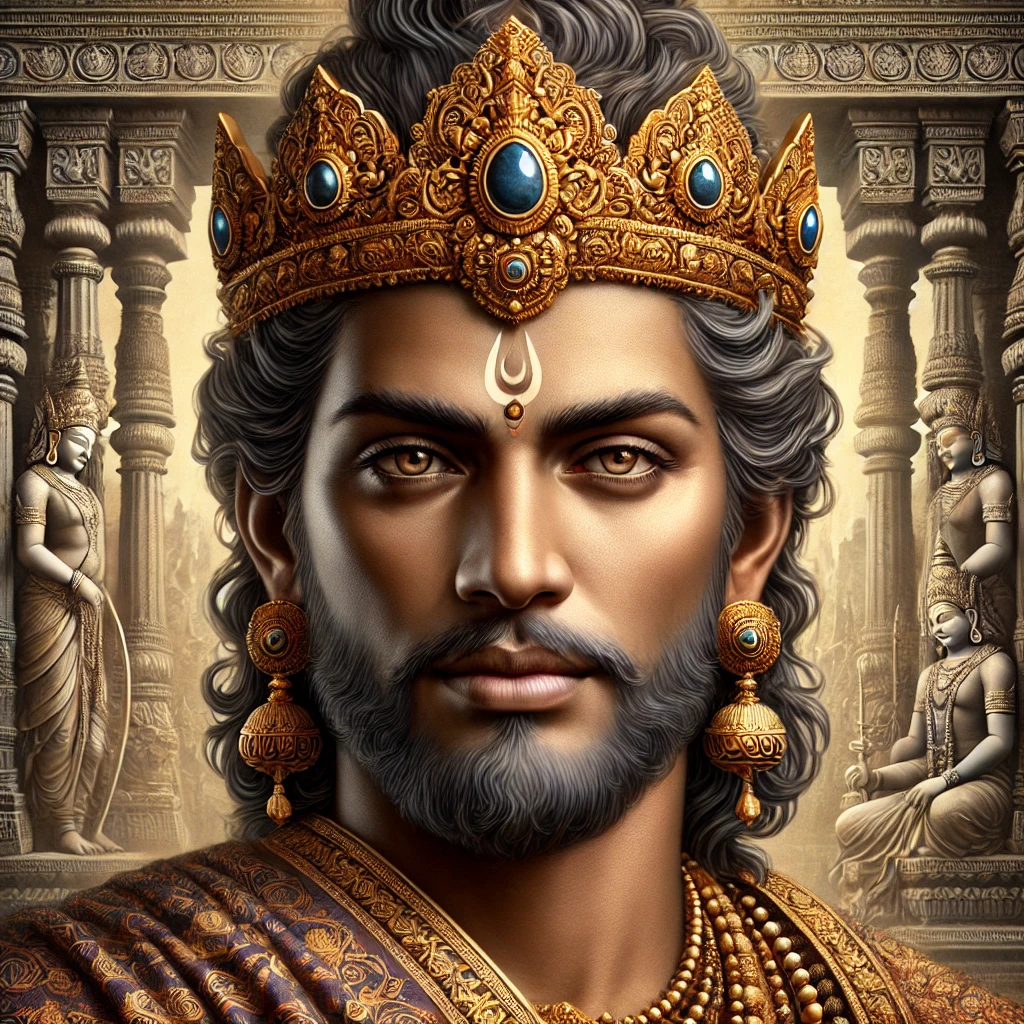
Jayapala: The Warrior King Who Resisted the Ghaznavids
The Hindu Shahi dynasty, ruling parts of present-day Afghanistan and northwestern India, played a crucial role in resisting early Islamic invasions. Among its most notable rulers was Jayapala, a king known for his fierce resistance against the rising Ghaznavid Empire. Despite suffering military defeats, his legacy is one of courage, resilience, and unyielding determination in the face of foreign invasions.
Rise to Power and Early Challenges
Jayapala ascended the throne around 964 CE, ruling over a vast territory that included Kabul, Gandhara, and Punjab. His reign was marked by persistent conflicts with the emerging Ghaznavid dynasty, led first by Sabuktigin and later by his son, Mahmud of Ghazni.
The Hindu Shahi kingdom, located in the strategic frontier region between India and Central Asia, had long been a target for invading forces. Jayapala found himself at the forefront of a civilizational struggle, trying to defend his kingdom from the relentless expansion of the Ghaznavids.
Wars Against the Ghaznavids
One of Jayapala’s earliest and most significant military engagements was against Sabuktigin, the founder of the Ghaznavid dynasty. Around 986 CE, Sabuktigin launched a campaign against the Hindu Shahi territories. Despite assembling a large force, Jayapala suffered a major defeat, leading to the loss of several key forts, including Lamghan and Peshawar.
Undeterred, Jayapala regrouped and launched a counterattack, only to be defeated again. Recognizing the threat posed by the Ghaznavids, he sought alliances with neighboring kingdoms but struggled to match the military prowess of his adversaries.
The Fateful Battle Against Mahmud of Ghazni
After Sabuktigin’s death, his son Mahmud of Ghazni continued his father’s expansionist policies. Jayapala, realizing the existential threat, assembled a massive army—some records claim it numbered 100,000 soldiers—to challenge Mahmud in 1001 CE near Peshawar.
However, despite his efforts, Jayapala faced a devastating defeat. Mahmud’s disciplined and well-equipped forces overpowered the Hindu Shahi army, and Jayapala was captured along with many of his soldiers. Though he was later released, the defeat shattered his reputation and authority.
The Tragic End
Feeling humiliated by his failures, Jayapala made a fateful decision—he chose self-immolation rather than live with dishonor. According to historical sources, he lit his own funeral pyre and perished in flames, marking a tragic but heroic end to his rule. He was succeeded by his son Anandapala, who continued the struggle against Mahmud but also faced similar setbacks.
Legacy and Historical Significance
Jayapala’s reign, though marked by military defeats, remains a testament to unwavering resistance against foreign invasions. His efforts delayed the full-scale expansion of the Ghaznavid Empire into the Indian subcontinent, buying time for other regional powers to prepare for the coming struggles.
While his kingdom ultimately fell, Jayapala’s story symbolizes the resilience of Indian rulers who fought against overwhelming odds to defend their homeland. His bravery, strategic foresight, and commitment to his people ensure that he remains a significant figure in medieval Indian history.
Jayapala of the Hindu Shahi dynasty stands as a warrior king who fought until his last breath. His sacrifices serve as a reminder of the struggles faced by Indian rulers against foreign invasions and the enduring spirit of resistance. Though history often remembers victors, the courage of those who fought valiantly, even in defeat, deserves equal recognition. Jayapala’s legacy continues to inspire as a symbol of honor, bravery, and resilience in the annals of Indian history.

